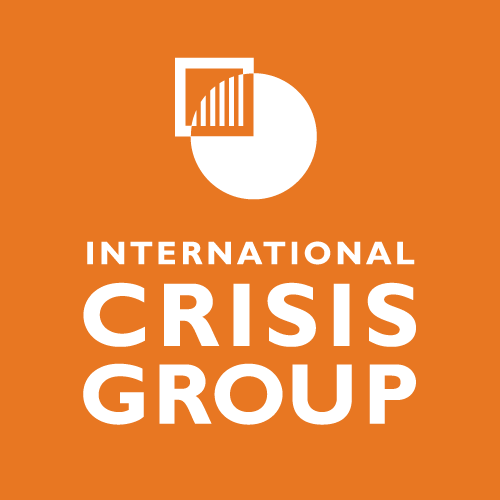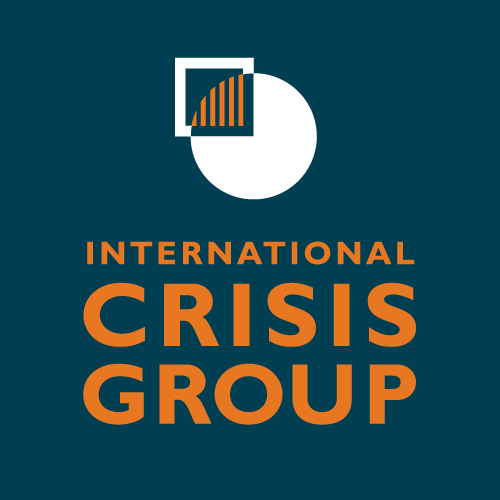Turkey's PKK Conflict:
The Rising Toll


Since the breakdown of a two-and-a-half year ceasefire in July 2015, the PKK conflict in Turkey has entered one of its deadliest chapters in more than three decades, devastating communities in Turkey's majority Kurdish south east and striking at the heart of the country's largest metropolitan centres.
International Crisis Group has worked to track the rising cost of violence using open-source data, including reports from Turkish language media, local Kurdish rights groups, and the Turkish military. According to Crisis Group's open-source casualty tally, last updated on ,
Use the search feature to switch between casualty types and dates. Use map to view casualty rates for provinces, cities, towns.

Clashes between state security forces and PKK militants peaked in the winter of 2015/2016, when security officials enforced weeks or months-long urban curfews to "restore public order" in districts and towns where PKK-backed youth militias had erected barricades and trenches to claim control.
For Crisis Group’s latest detailed assessment of the casualty data, click here.
For a breakdown of casualties among state security forces, civilians and PKK militants, select between the buttons located below.
A total of security force members have died in militant attacks and clashes with the PKK since July 2015, including soldiers, police officers, and village guards (ethnically Kurdish paramilitaries armed and funded by the Turkish government).
Improvised explosive devices (IEDs) and car bombings have claimed the lives of , or per cent, of all state security force members killed since the end of the ceasefire. An additional , or per cent, of security force members, have been killed by urban snipers, while an additional , or per cent, have been killed in attacks involving rocket propelled grenades. All other deaths occurred during militant attacks or clashes which were not described in detail in media reports or official military announcements.
At least civilians have died since July 2015. , or per cent, were killed in curfew zones.
‘youth of unknown affiliation’ have also been killed, of which, or per cent, were killed in curfew zones. See definition below.
The names of an additional individuals who were allegedly killed in the conflict since July 2015 have been released by local Kurdish rights groups, but cannot be confirmed through Crisis Group's open-source methodology. These casualties are recorded as 'unconfirmed' deaths by Crisis Group.
The deaths of PKK militants have been confirmed by Crisis Group since July 2015. Confirmation of militant casualties is complicated by the PKK's practice of announcing the deaths of its members weeks, months, or even years after they are killed in fighting.
At least members of the People's Defence Force (HPG), the PKK's primary armed wing, have been killed since July 2015. militants of the Civil Protection Units (YPS), a loose network of PKK urban youth militias, and members of the Kurdistan Freedom Falcons (TAK), a PKK affiliate (considered an 'offshoot' by some researchers) responsible for attacks in western Turkey, were killed over the same time period.
Once restricted to the mountains and rural areas of the south east, fighting between security forces and the PKK spread to and became predominant in urban districts throughout the region between December 2015 and April 2016.
, or per cent, of all persons killed since July 2015 have died in urban areas, while , or per cent of all deaths, occurred in rural areas.
The PKK declared a ceasefire in March 2013, adding momentum to peace talks that had begun in late 2012. While the ceasefire and peace talks provided the best chance for peace in the conflict's three-decade history, Crisis Group's casualty tally – which has recorded casualties since 2011 – shows that scattered violence continued throughout the ceasefire period.
Between January 2011 and June 2015, a total of at least 153 civilians, 327 state security force members, and 558 PKK militants were killed in clashes.
During the ceasefire period, initiated in March 2013 and ending in July 2015, 63 civilians, 25 state security force members, and 25 PKK militants were killed. The hike in casualties in October 2014 was a result of anti-government protests by Kurdish groups throughout Turkey between 6-8 October against Ankara’s inaction during Islamic State’s (IS) siege of Kobani, a Kurdish-populated border town in northern Syria. 42 civilians were killed during these protests.
Crisis Group has worked to identify all casualty claims made in the PKK conflict in Turkey since 2011, when it began keeping an open-source casualty database.
In a bid to ensure accuracy amid the rapid escalation of violence, Crisis Group has additionally worked to identify the names of all casualties since July 2015. Only casualties who can be named are included in the post-July 2015 tally, which are checked by searches of news reports or social media postings for basic biographical data, including but not limited to age, and by unique photos, funeral reports, or interviews with the victim's relatives or friends. Named casualty claims which cannot be substantiated by additional data are considered ‘unconfirmed.’
Click to read more about data collection methods for:
Turkey's state security force members are composed of soldiers, police officers and village guards. Crisis Group uses press reports of funerals and official announcements by the Turkish Armed Forces to establish its casualty tally. In addition to individuals killed in direct clashes with PKK militants, security force deaths include security officials slain while off duty. Crisis Group does not count traffic accidents, suicides or other non-conflict casualties unless they are explicitly linked to security operations by press reports.
Civilian deaths are checked by Crisis Group via reports in the Turkish-language press, as well as by reports from NGOs perceived to be pro-Kurdish, including the the Turkish Human Rights Foundation (TIHV) and the Association for Human Rights and Solidarity for the Oppressed (Mazlum-Der) which have a strong track record as dependable sources of named casualties.
Those casualty claims are subsequently confirmed by Crisis Group, which considers an individual a civilian if they can be confirmed as non-combatants by press reports or other sources, if their age or other factors made their participation in armed hostilities unlikely, or/and if they died outside of an active conflict zone.
With the line between civilian and combatant deeply blurred by the emergence of plainclothes PKK youth militias in cities throughout the south east, some individuals cannot be positively identified as civilians, though they also remain unclaimed by the PKK or its affiliates. Implicitly, they represent a generation of Kurds born during the three-decade conflict and radicalised by clashes with security forces. Crisis Group identifies such men and women who were killed in areas of armed clashes and were between the ages of 16 and 35 as 'youth of unknown affiliation.'
Militants are identified through Turkish language press reports, or media outlets directly affiliated with the most active military wings of the PKK: the People's Defense Force (HPG), the Civil Protection Units (YPS); and the PKK affiliate (considered an 'offshoot' by some researchers) the Kurdistan Freedom Falcons (TAK) which release names and biographies of killed militants.
Confirmation of militant deaths is limited by the PKK's practice, for unknown reasons, to announce the names of dead militants weeks, months, or even years after they are killed in fighting, adding a significant delay to the PKK militant casualty count.
In May 2016, military sources claimed to the Turkish press that over 7,000 PKK militants had been killed since July 2015. Crisis Group only counts casualties which can be confirmed through its open-source methodology, and its numbers should not be seen as a refutation of casualty claims made by the Turkish government.
The exact day of death cannot be established for over 100 confirmed casualties, including civilians, ‘youth of unknown affiliation’ and PKK militants. These individuals overwhelmingly died in urban areas under prolonged curfews or in remote mountainous regions, and only the week or month of their deaths can be identified by Crisis Group. In the Crisis Group database, their names are added to the last day of each identified month.